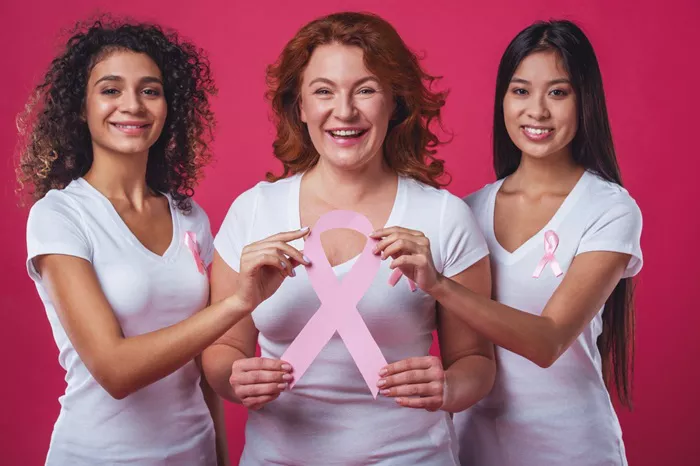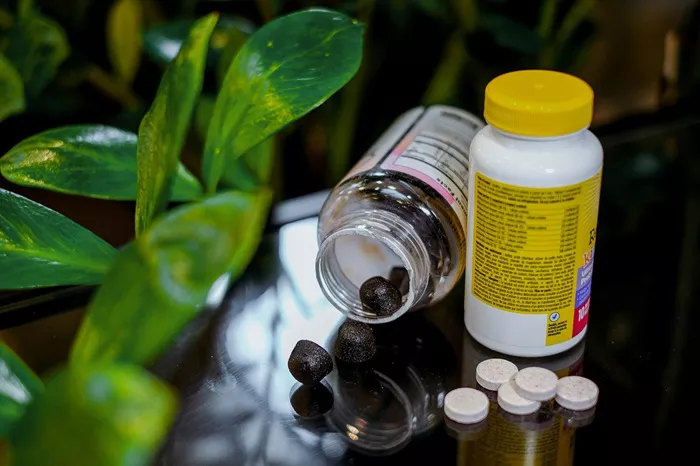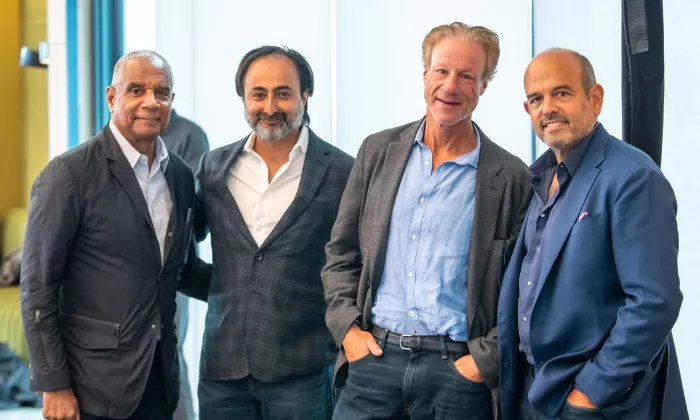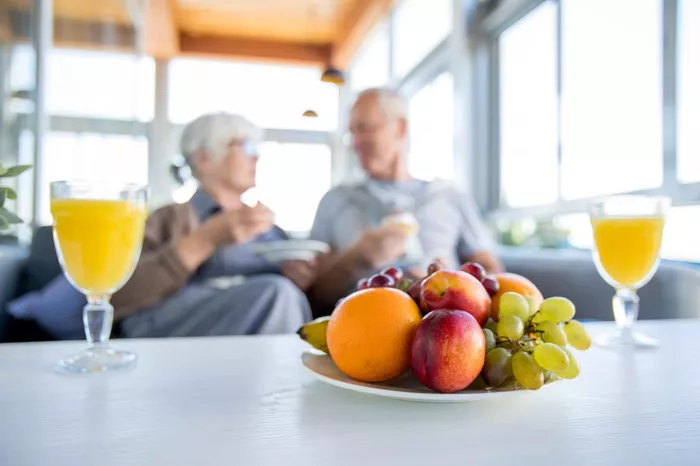Christina Kashiwada, a 36-year-old civil engineer from Sacramento, California, was on a work trip in the summer of 2018 when she noticed a small, itchy lump in her left breast. Initially, she thought little of it, as she routinely performed self-checks and kept up with her medical appointments. However, after a relative urged her to get a mammogram, Kashiwada was shocked to learn she had stage 3 breast cancer.
“No one thinks about cancer at 36,” said Kashiwada, reflecting on her unexpected diagnosis.
Kashiwada’s story is part of a larger, troubling trend. According to the latest federal data, breast cancer diagnoses among Asian American and Pacific Islander (AAPI) women—once considered a group with relatively low breast cancer rates—are rising significantly faster than those among other racial and ethnic groups. The increase is particularly sharp among younger women like Kashiwada.
In 2021, approximately 11,000 AAPI women were diagnosed with breast cancer, and around 1,500 lost their lives to the disease. The National Institutes of Health (NIH) reports that about 55 out of every 100,000 AAPI women under the age of 50 were diagnosed with breast cancer that year, surpassing the rates for Black and Hispanic women and equaling that of white women.
From 2000 to 2021, the breast cancer incidence rate among AAPI women under 50 rose by 52%. The rate also climbed 33% among AAPI women aged 50 to 64 and 43% among those 65 and older. In contrast, the rate for women of all ages and racial and ethnic backgrounds grew by just 3%.
Researchers have noticed this alarming trend and are racing to uncover the reasons behind it. While they believe the causes may be complex, ranging from cultural shifts to the pressures of modern lifestyles, they acknowledge that the exact reasons remain elusive.
Helen Chew, director of the Clinical Breast Cancer Program at UC Davis Health, emphasized the challenges in understanding this trend due to the diversity within the Asian American diaspora. “It’s a real trend, but it’s difficult to pinpoint the exact causes,” said Chew. “Is it due to less access to care? Cultural factors that discourage seeking medical attention? There are many possibilities.”
The urgency to solve this mystery is growing, as it has already claimed many lives. While most ethnic and racial groups have seen sharp declines in breast cancer death rates, the death rate among AAPI women has remained stubbornly high. In 2023, about 12 out of every 100,000 AAPI women died from breast cancer, a rate that has barely changed since 2000. Meanwhile, the overall breast cancer death rate among all women dropped by 30% during the same period.
The Centers for Disease Control and Prevention (CDC) does not provide detailed breast cancer death rates for specific groups within the AAPI community, such as women of Chinese or Korean descent. However, it has begun distinguishing between Asian American women and Pacific Islander women. From 2018 to 2023, nearly 9,000 Asian American women died from breast cancer, compared to about 500 Native Hawaiian and Pacific Islander women. Notably, breast cancer death rates were 116% higher among Native Hawaiian and Pacific Islander women than among Asian American women during that period.
In addition to breast cancer, other cancers such as pancreatic, thyroid, colon, and endometrial cancers, as well as non-Hodgkin lymphoma, have also seen significant increases among AAPI women under 50. However, breast cancer remains the most common and concerning due to its aggressive nature and high mortality rates among younger women.
“We’re witnessing almost a 4% per-year increase in breast cancer rates among AAPI women under 50,” said Scarlett Gomez, a professor and epidemiologist at the University of California-San Francisco’s Helen Diller Family Comprehensive Cancer Center. “In some cases, the increase is even higher.”
Gomez, a lead investigator in a major study examining cancer causes in Asian Americans, emphasized that there is still insufficient research to determine the root causes of this alarming rise. “One hypothesis we’re exploring is the role of stress,” she said. “We’re investigating different sources of stress and coping mechanisms over a lifetime.”
Veronica Setiawan, a professor and epidemiologist at the Keck School of Medicine at the University of Southern California, suggested that the trend may be linked to lifestyle changes among Asian immigrants who adopt certain risk factors associated with breast cancer. Setiawan, a breast cancer survivor diagnosed at 49, pointed to factors such as earlier puberty, delayed childbearing, and reduced breastfeeding as potential contributors.
“Asian women, like American women, are becoming more westernized, which may increase their risk,” Setiawan noted. She is currently collaborating with Gomez on the cancer study.
Moon Chen, a professor at the University of California-Davis and an expert on cancer health disparities, highlighted the lack of funding for cancer research focused on Asian Americans, noting that only a tiny fraction of NIH funding is devoted to this area.
For Kashiwada, the journey has been long and challenging. After her diagnosis, she underwent a mastectomy, followed by chemotherapy and radiation. The cancer had spread to her lymph nodes, requiring extensive treatment. Throughout her ordeal, Kashiwada kept her diagnosis a secret from her grandmother, who had helped raise her, fearing it would cause her undue stress.
Kashiwada moved in with her parents, and her mother took a leave of absence from work to care for her. Her young children, aged 3 and 6 at the time, stayed with their father while she focused on her recovery. Despite the challenges, she has slowly regained her strength and returned to work, though she still faces ongoing health issues.
Reflecting on her experience, Kashiwada urges other young women, particularly those in the AAPI community, to be vigilant about their health. “No matter how healthy you think you are, you’re not invincible,” she said. “Listen to your body and don’t ignore the signs.”
As researchers continue to investigate the causes of rising breast cancer rates among AAPI women, Kashiwada’s story serves as a poignant reminder of the importance of early detection and awareness.
[inline_related_posts title=”You Might Be Interested In” title_align=”left” style=”list” number=”6″ align=”none” ids=”11736,11692,10934″ by=”categories” orderby=”rand” order=”DESC” hide_thumb=”no” thumb_right=”no” views=”no” date=”yes” grid_columns=”2″ post_type=”” tax=””]


































